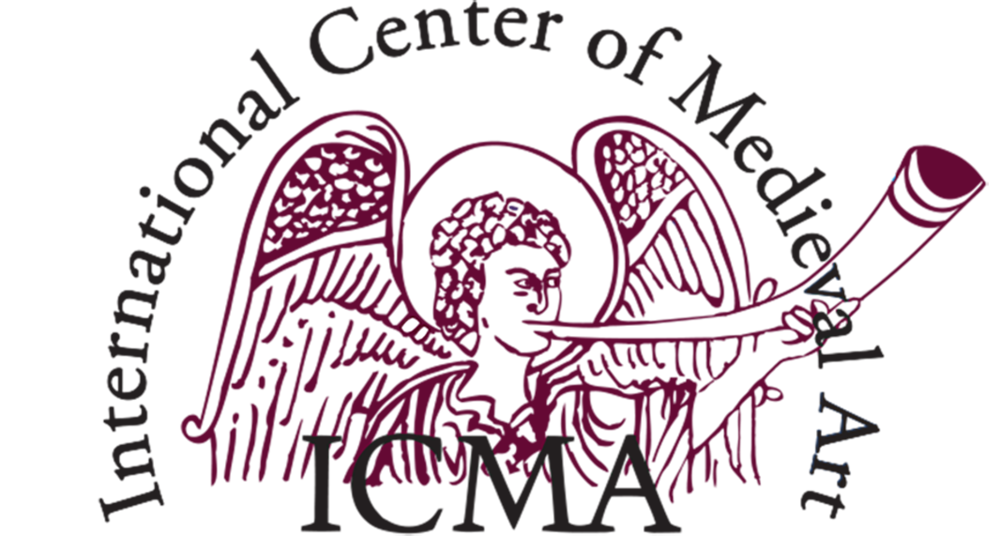Call for Papers
LABRC (London Arts-Based Research Centre)
Renaissance Resonances: Across Time, Across Disciplines
A Transdisciplinary Conference
April 20-21, 2024
April 20: in person and online at Birkbeck, university of London (hybrid presentations)
April 21: fully online
Due by 22 March 2024
This conference invites academics, creatives, practitioners, and students to look at how the Renaissance influences culture today, from the sciences to the arts, and anything in between. In exploring the different transdisciplinary approaches to the Renaissance and its relevance today, we will look at the interstices between the Renaissance and contemporary artwork, literary pieces, performances, music, film, science, and the ways in which these interact with history, politics and culture.
“Renaissance”, meaning “re-birth”, refers to the breaking free from the Middle Ages and founding the modern world as we know it today, mainly through the transdisciplinarity of its artists and scientists. The world owes many of its inventions to the Renaissance (like the pencil by the Bernacottis, the printing press by Gutenberg, the airplane by Leonardo da Vinci, and the microscope by Galileo), which also influenced art, literature, and drama (as we see in the case of Shakespeare and the Renaissance masters like Raphael, Leonardo da Vinci, Michaelangelo, and Donatello). So perhaps, the influence of the Renaissance goes beyond the names of the Ninja Turtles!
The conference will have two tracks:
Renaissance Europe
Shakespeare
We welcome 15-minute presentations on topics including (but certainly not limited to) the following:
Renaissance Europe track:
Archetypal themes and patterns in Renaissance art
Renaissance-inspired historical novels
Modern adaptations of iconic Renaissance paintings, such Botticelli’s Birth of Venus
Relevance of medieval alchemy today
Arab Spain
Renaissance Florence
Comparative art history
Ekphrastic responses to Renaissance art
Influence of Renaissance architecture
Renaissance-influenced pop music (such as Lady Gaga, Beyonce, and Ariana Grande)
Contemporary Renaissance-inspired painting
The Renaissance-inspired fashion world (Alexander McQueen, Sarah Burton, etc.)
Renaissance influences on modern sciences and medicine
Renaissance-inspired photography
Renaissance depictions of magic and the supernatural
Renaissance women
Shakespeare track:
William Shakespeare: the bard, the playwright, the poet, the actor. You probably quote him on a regular basis without even knowing it. Celestial bodies are named after some characters in his plays. His name has become a brand for bookstores, coffee shops, toys, and cigars, and has even been dubbed by literary scholar Doug Lanier as “the Coca-Cola of canonical culture.” How relevant is Shakespeare today? And how far has the playwright’s ingenuity resonated across generations and disciplines? The enduring popularity and influence of Shakespeare is a clear testimony to his relevance and contributions to the English language, the arts, and even people’s behaviour. Shakespeare still has a significant presence in contemporary culture, ad is ever-present within fields of art across all genres and disciplines. Looking at the impact of Shakespeare, we see that he has greatly contributed to shaping society in various ways while inspiring a new generation of contemporary artists and filmmakers!
From coining thousands of words in English, to new concepts, grammatical structures, and phrases, Shakespeare had shaped the language we still use everyday (“all’s well that ends well”). He offered timeless themes, and his plays live on again and constantly evolve and remake themselves through modern adaptations in art, theatre, film, and literature, not only because of his fame, but also because of the universality of his themes and characterization.
We welcome 15-minute presentations on topics including (but certainly not limited to):
Shakespearean archetypes and universal themes
Ideas of space and place
“All the world’s a stage”: Shakespearean models in characterization and/or drama
Shakespeare as a brand
Concepts of dreams and surrealism
“We are such stuff as dreams are made on, and our little life is rounded with a sleep”: Shakespeare-influenced perceptions of different layers of reality
Shakespearean influences in today’s fiction (romance, history, thrillers, mysteries, fantasy, sci-fi, etc.)
Innovative ways of teaching Shakespeare
Shakespeare and film
Shakespearean plays as pedagogic tools
Presentation of the environment and climate change
“All’s well that ends well”: Words, phrases, and aphorisms
“Be not afraid of shadows”: Jungian theory and therapy regarding shadow work
The magical and supernatural
“Cruel to be kind”: Shakespeare and psychology today
Shakespeare in visual art
Shakespeare in tourism
“the lady doth protest too much”: feminist takes on Shakespeare
Presenters may either share academic papers and/or creative work (poetry, prose, photography, music, painting, performance, etc.), as we highly encourage arts-based research. Please fill out the proposal form by March 22, 2024 (and please indicate whether you need an early response for travel plans).
For inquiries or further information, please contact us on conferences@labrc.co.uk (kindly allow at least 2-3 days response time)
We look forward to receiving your abstracts!
Fees: In person: 165 GBP/Online: 90 GBP
To register for the conference, click here
For more information about the organization and the conference, click here.




















